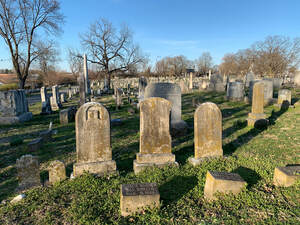 The other day, I was taking a few photographs near Mount Olivet’s famed Confederate Row and the nearby Confederate statue in Area G. Three particular gravestones, lined in a row, suddenly caught my eye as the sun was perfectly illuminating them like a spotlight, making them prominently stand out against the background. These were not soldier monuments, but those of a civilian family, all having passed in the 1880’s. I snapped off a few pictures on my I-phone and went on my merry way. The next morning, I decided to research the gravestones that drew me off task the previous evening. The central stone was that of George Philip Shaff (1849-1886). It was "book-ended" by that of a Sarah Shaff (to the left) and Susan Ridenour (to the right). Our cemetery records contained vital information, and more importantly, one brief sentence about Mr. Shaff that spoke volumes: “George Philip Shaff was killed by a falling tree in New Castle, Indiana." 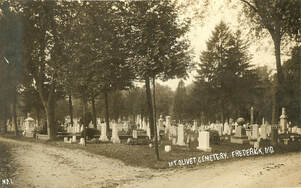 Mount Olivet's Area A (to the left of the FSK monument) showing plenty of trees (c. 1910) Mount Olivet's Area A (to the left of the FSK monument) showing plenty of trees (c. 1910) Felling Trees A major facet synonymous with garden cemeteries such as Mount Olivet is an abundance of trees. We certainly don’t have as many physical specimen as we had a century ago. However, what we lack in the real thing, we certainly have made up for in the growth and interest attributed these days to "family trees." Just this past week, I have seen pruning work being done on both varieties of cemetery-related trees as winter has turned to spring—outside tree professionals have been assisting our grounds staff, and our inside staff have been assisting genealogists and family historians. This time of year in the Mid-Atlantic region of the country, it’s not uncommon to see the emergence of landscapers and arborists jumping back into action and doing what they do best after being holed up during the snowy months. The other night, I asked my younger sons if they knew what an arborist was, and they couldn’t tell me. I actually decided to read to them the online definition: An arborist is a professional in the practice of arboriculture, which is the cultivation, management, and study of individual trees, shrubs, vines, and other perennial woody plants in dendrology and horticulture. I went on to tell them that an arborist not only studies trees, knowing what species is best to plant and where, but some people leave it to arborists to properly move, or remove trees. They boys asked why someone would need an arborist to take down a tree? I said, many people do not, as they are well-experienced in planting and cutting down trees. I told them, that I am certainly not one of these individuals. I have trimmed small branches, but have no business trying to remove a tree, or large limbs for that matter. The boys asked what I would do if I had to remove a tree in our yard, and I told them that I would hire a company to do it, as there are plenty of good ones to choose from. 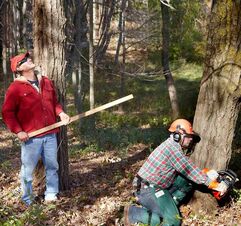 I explained to my sons that tree-work may seem easy and fun, but this is quite a dangerous task for someone that doesn’t know what they are doing. I told the boys that people could injure themselves with a chainsaw, or have a tree crash down on their car or house. However, the absolute worst thing that could happen would be having a tree fall on you while you were trying to take it down. OSHA (the Occupational Safety and Health Administration) reports that on average, there are over 100 landscape and tree fall fatalities every year. Within the tree care industry, these numbers are even higher. In fact, the tree care industry is one of the most dangerous in America. The Tree Care Industry Association (TCIA) reports a “fatal accident rate that is roughly 10 times the average for all industries.” In specific relation to arborists and loggers, the fatal accident rate is a staggering 30 times higher than average. It makes you wonder whether or not the famed Paul Bunyan had a good health insurance plan or not. Now that I have likely "scared you to death" over the danger of tree-related incidents, keep in mind the fact that we are surrounded by an estimated 250 billion trees. I read online that you are about 600 times more likely to be killed in a car accident than by a falling tree. In addition, the annual risk of being struck (and not necessarily killed) by lightning is 1 in 10,000,000. So you are more likely to be hit by a bolt of lightning than killed by a falling tree—a shocking statistic! The moral to the story, please use extreme caution when working with trees, and don’t hesitate to leave the job to the pros. George P. Shaff George Philip Shaff met his tragic end on a farm in rural eastern Indiana, about 44 miles east of Indianapolis. For one reason or another, George found himself laboring on the sugar farm of John Payne, Sr. on the morning of April 10th, 1886. The exact location was Henry Township, a country crossroads located a few short miles southeast of neighboring New Castle, county seat of Henry County. The Payne property was quite large and sat north of the Flatrock River on both sides of S. Country Rd 250 East. To me, Shaff seems to have been a nomad of sorts—a literal ship without an anchor, drifting from place to place. This particular “port of call” puzzles me as a destination, as he had spent the entirety of life in Frederick County, originally hailing from Jefferson. Here, the son of Abraham Shaff (1825-1911) and Mary Margaret Stockman (1824-1911) could be found living in the 1880 US census, and working a farm along with his wife Sarah A. E. “Sallie” (Ridenour), and younger brother Daniel Shaff. The couple had married in 1875 at a service held in Frederick’s Evangelical Church. They would shortly be blessed with two children: George Rodney and Edith Victoria. According to the 1873 Titus atlas, a George Shaff farm appears to be located west of Jefferson at the place where today’s MD route 180 intersects MD 340 east of Catoctin Creek at Steiner's Hill. Two years after the forementioned census was taken, George Shaff’s entire life would be turned upside down in the opening months of 1882. At this time, Frederick was being ravaged by a diphtheria epidemic. Diphtheria was once a major cause of illness, and subsequent death, among children. It is a serious bacterial infection usually affecting the mucous membranes of the nose and throat. The disease was given its official name in 1826 by French physician Pierre Bretonneau, who called it diphtérite. The origin was the Greek word for “leather” or “hide,” describing the coating that appears in the throat. On January 8th, 1882, the newspaper announced that Diphtheria had broken out in Frederick City. The day prior, George Shaff’s five-year old son George Rodney had succumbed to the deadly disease. The child would be placed in a grave lot purchased by John Ridenour, maternal grandfather of the young boy. Unbeknownst to Mr. Ridenour and George, tragedy would strike again just four days later. George's wife, Sallie Shaff, would die a victim of the disease that killed her son. The grief associated with losing both his wife and son must have been incredible for George Shaff. At least he had his daughter Edith Victoria to hold tight. However, George would be further punished by enduring the loss of his lone immediate family member as Edith died of Diphtheria on February 7th, exactly one month to the day of George Rodney’s death. 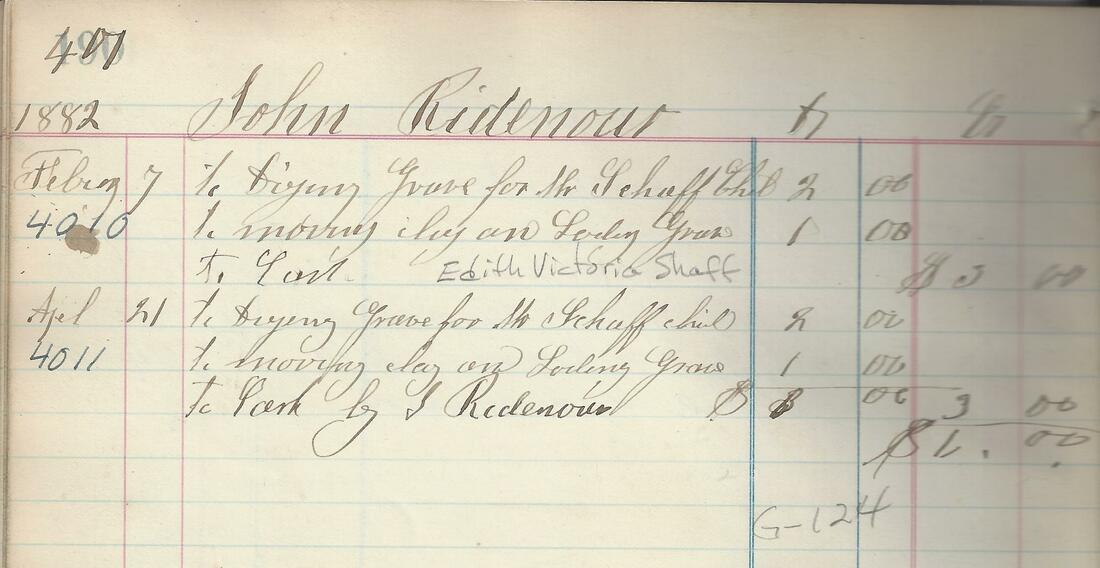 Entry pertaining to the burial of Edith V. Shaff in Mount Olivet's interment register book. This also mentions the digging of a second grave for Mr. Shaff's child on April 21st which leads me to think that George (and possibly) Sallie's bodies could have been stored in the public vault or buried in the town's Lutheran cemetery on E. Church St. extended and moved here only three months after their respective deaths From later news articles, we learn that George P. Shaff had relocated to Frederick City from Jefferson, giving up the farm. He could be found working as a salesman for the Singer Sewing Machine Manufacturing Company. In February 1885, he left Singer for a job as a furniture maker with the local firm of Clarence Clarendon Carty. (Mr. Carty was the subject of a “Story in Stone” article from fall, 2018). George only stayed for six months before changing employers and going across town to work at the Lewis McMurray Canning Factory. In February, 1886, four years after the tragic epidemic that robbed him of his entire family, George Shaff would head west to Chicago and soon after to New Castle, Indiana. I’m assuming a relative could have lived here in this area and, have indeed, found other Shaffs living in Indiana at the time. These included two paternal uncles living in Cass and Clinton counties, both within 50 miles of Henry County, the location of New Castle. Perhaps one of these uncle's children, a cousin, lived in the vicinity of New Castle? Regardless, it was here that George found work on the sugar farm of John Payne. His tenure was short, as he would be killed in a tree-pruning accident on that fateful morning of April 10th. This story is about as bittersweet as one can be. Even sadder is the cruel irony that George P. Shaff’s portion of his family tree was "felled," in a span of four short years, and ceased growing forever. His is simply remembered, if at all, as a small branch off of the prospering trees of his siblings, and those brothers/sisters of his wife.
Rest in Peace George P. Shaff, as you, and your immediate family members, certainly deserve the strong rays of sunlight which illuminate your grave monuments each, and every, evening. There was purpose in making me notice your stones.
3 Comments
Steven Winebrener Elliott
10/20/2019 06:08:10 pm
Though I Iive in California, some of my Winebren(n)er relatives are buried at Mount Olivet. I enjoy all your histories and reflections and hope that some day you will gather them together in a book!
Reply
5/12/2020 02:31:09 am
Excellent, what a webpage it is! This webpage give valuable data to us, keep it up. Your blog provided us with precious in order to work with. Each & every tips of your post are overwhelming. Thanks a lot for sharing. If you ever asked manually "what is the best writing service you can find on the internet", I can propose you something I tried myself. It's Clazwork. The service has an expert team consists of only knowledgeable writers who know precisely how to do their job. You can contact them anytime you need and I can promise you that you won't regret.
Reply
7/2/2020 11:17:19 am
Here you will get to know about the fatal branches. This article is very knowledgeable for everyone. I enjoyed reading this article.This articles are not only knowledge enhancers but also very interesting to read and to learn to compare from.
Reply
Leave a Reply. |
STORIES
|
Archives
July 2024
June 2024
May 2024
April 2024
March 2024
February 2024
January 2024
December 2023
November 2023
September 2023
August 2023
July 2023
June 2023
May 2023
April 2023
March 2023
February 2023
January 2023
December 2022
November 2022
October 2022
September 2022
August 2022
July 2022
June 2022
May 2022
April 2022
March 2022
February 2022
January 2022
December 2021
November 2021
October 2021
September 2021
August 2021
July 2021
June 2021
May 2021
April 2021
March 2021
February 2021
January 2021
December 2020
November 2020
October 2020
September 2020
August 2020
July 2020
June 2020
May 2020
April 2020
March 2020
February 2020
January 2020
December 2019
November 2019
October 2019
September 2019
August 2019
July 2019
June 2019
May 2019
April 2019
March 2019
February 2019
January 2019
December 2018
November 2018
October 2018
September 2018
August 2018
July 2018
June 2018
May 2018
April 2018
March 2018
February 2018
January 2018
December 2017
November 2017
October 2017
September 2017
August 2017
July 2017
June 2017
May 2017
April 2017
March 2017
February 2017
January 2017
December 2016
November 2016

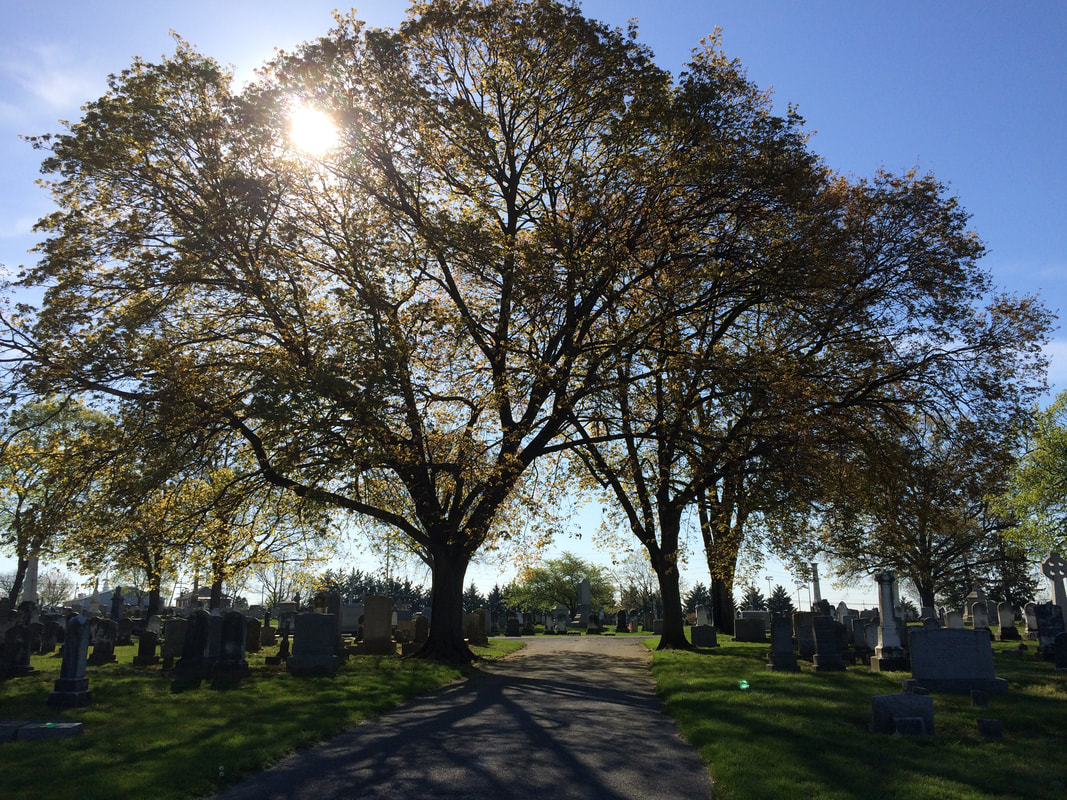
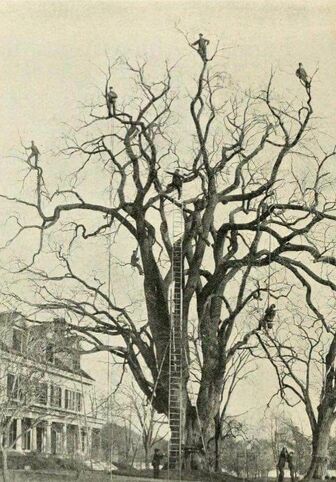
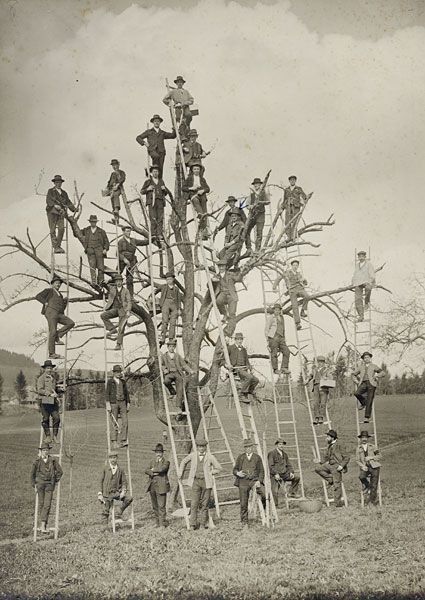
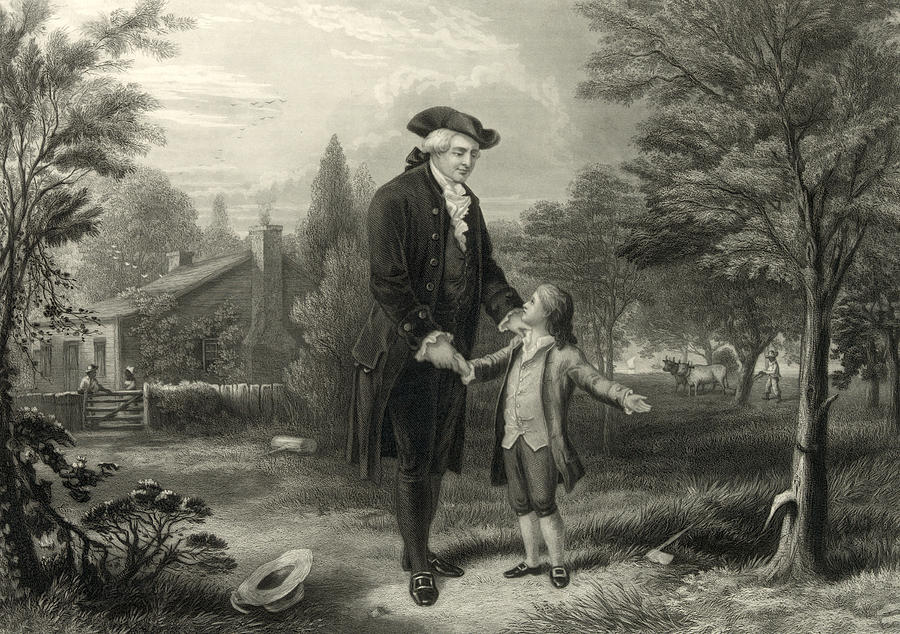
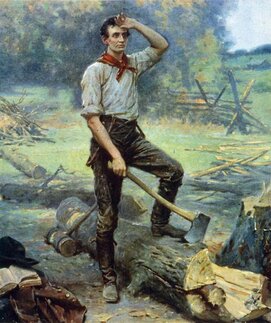
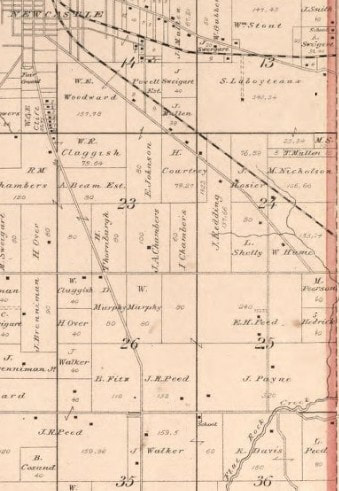
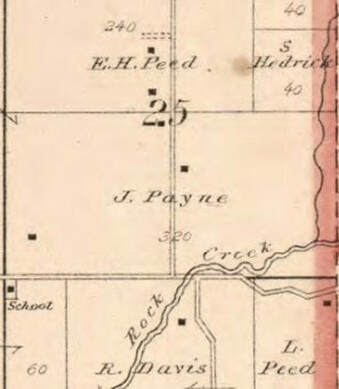
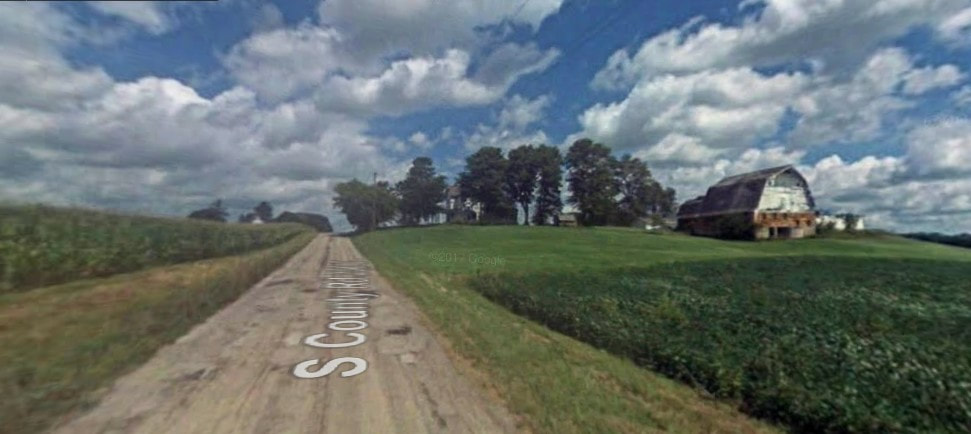


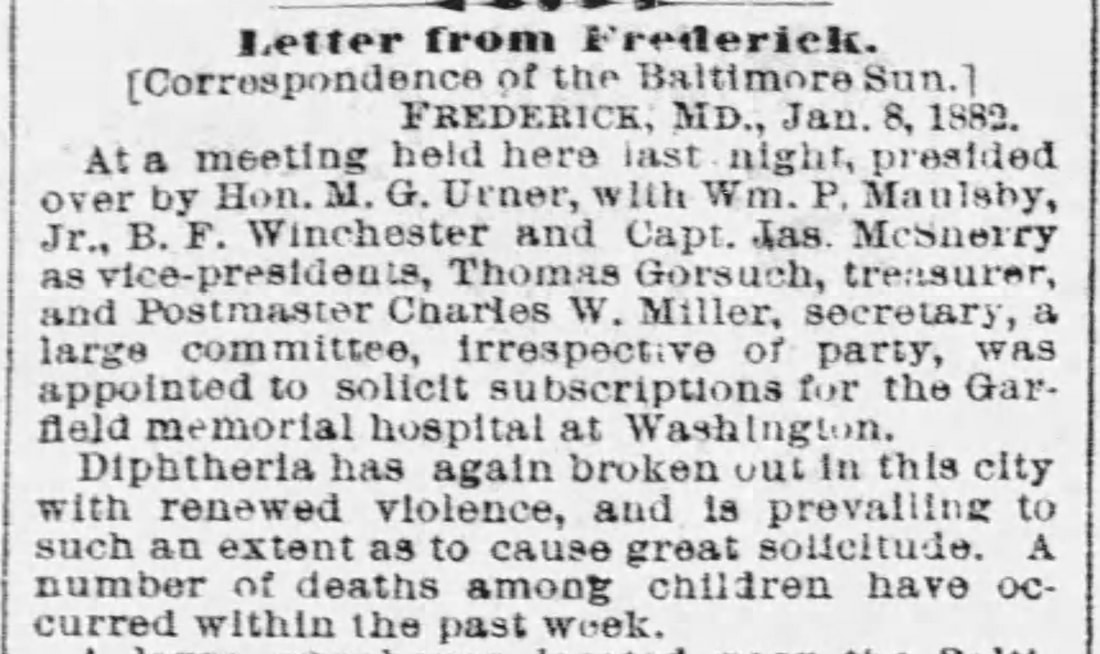
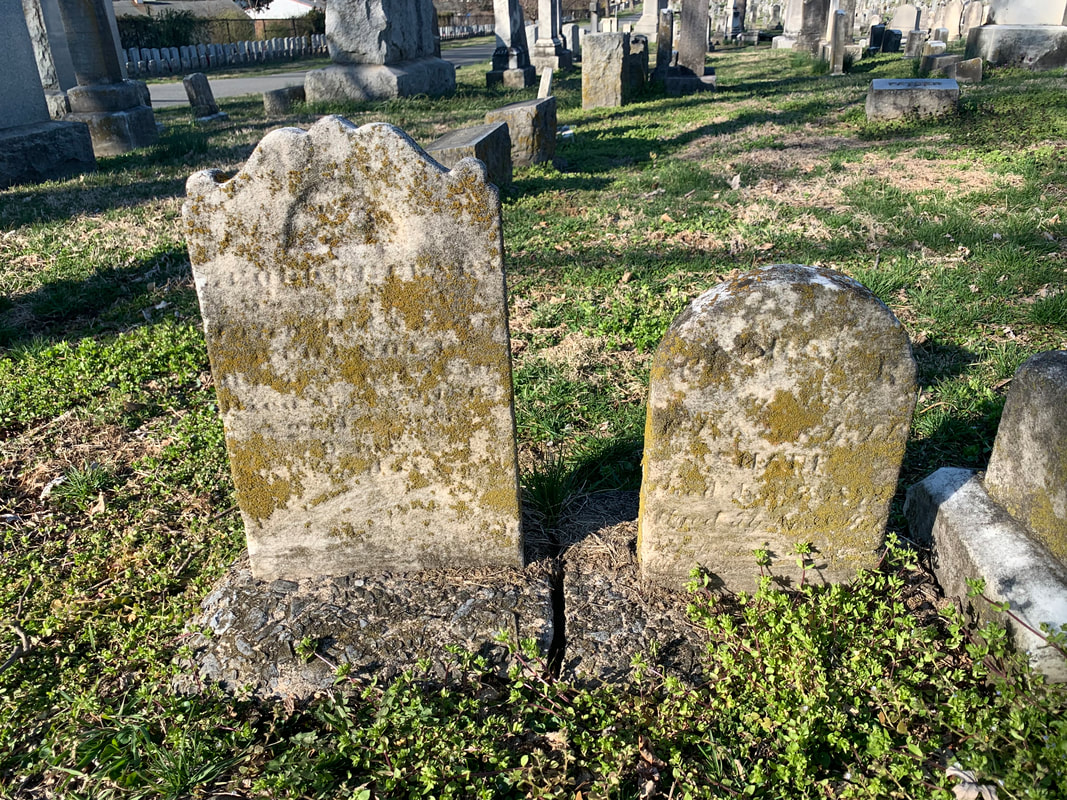
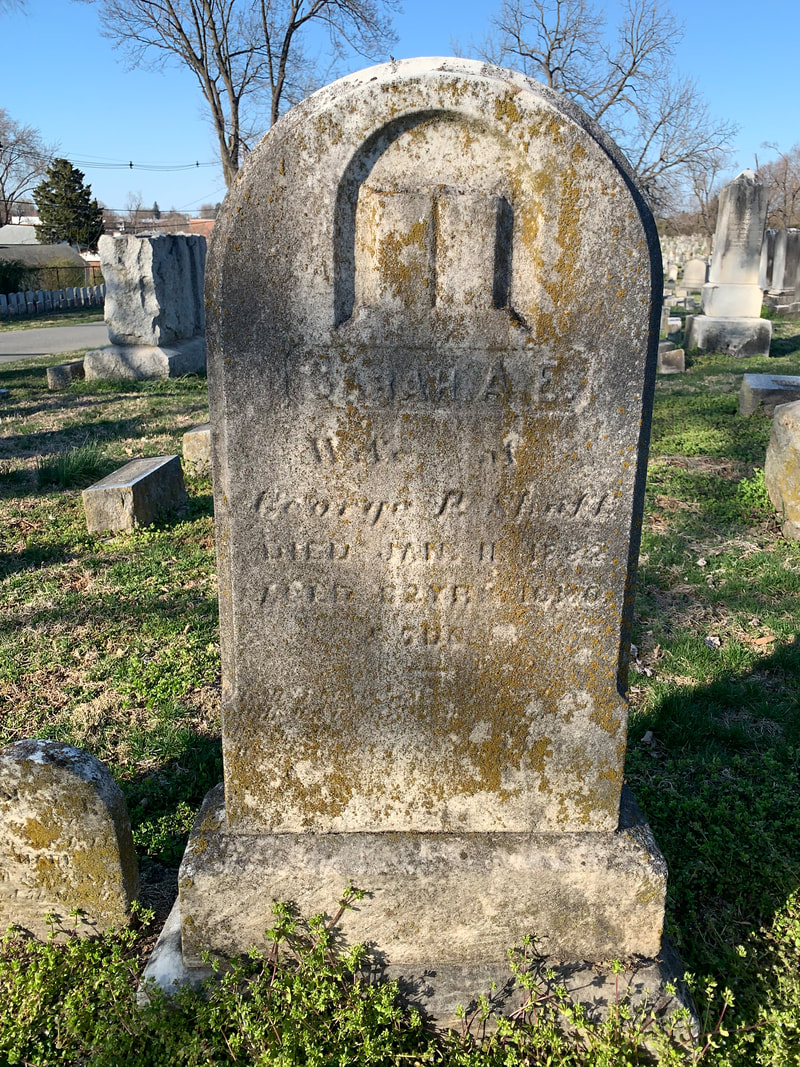
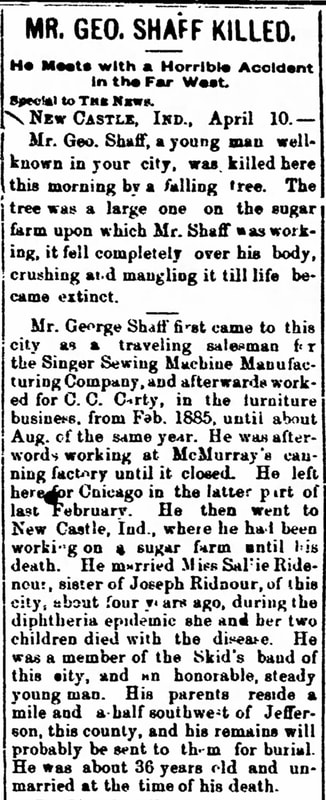

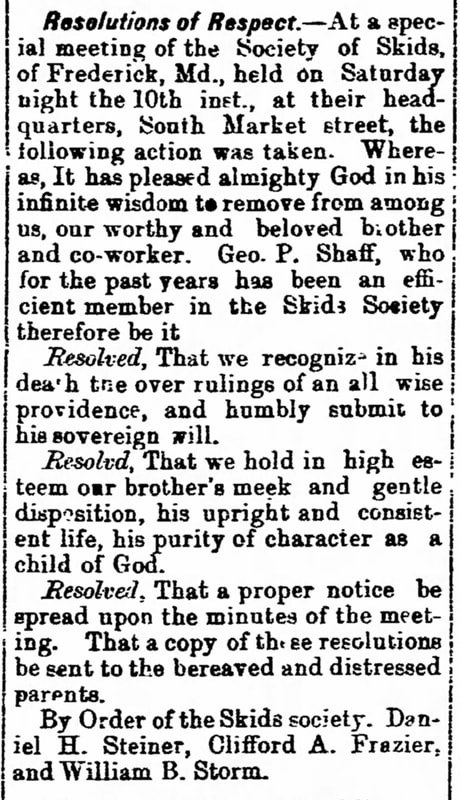
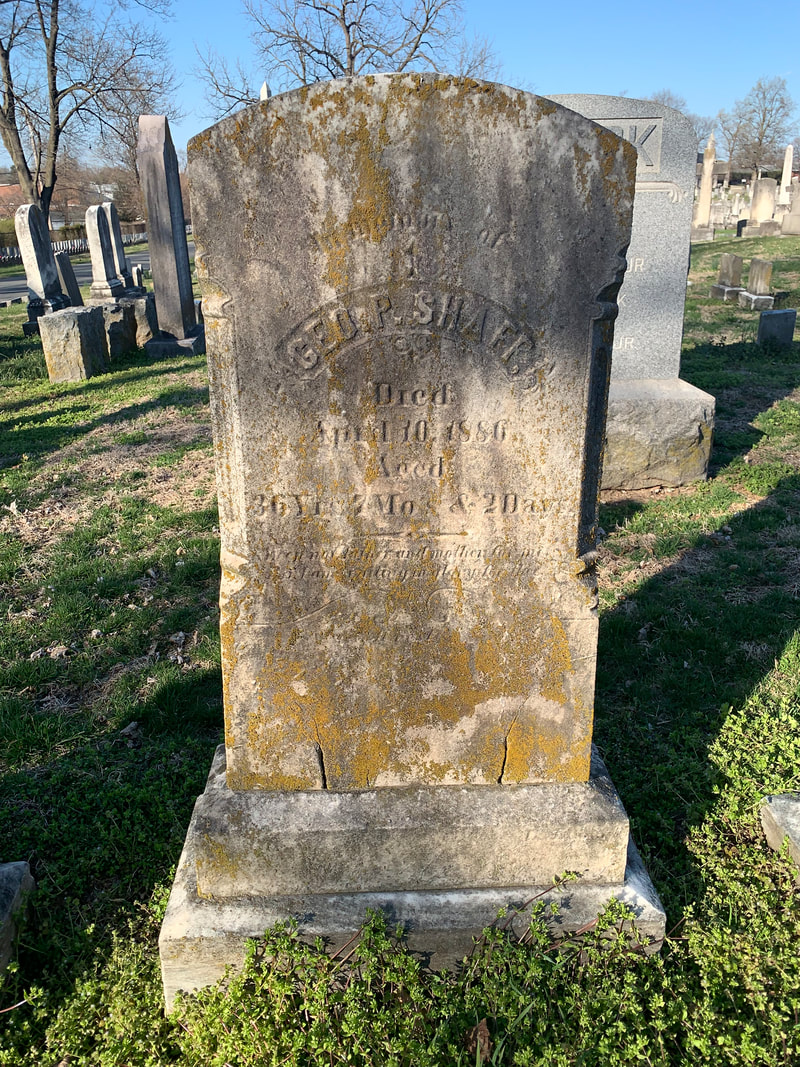

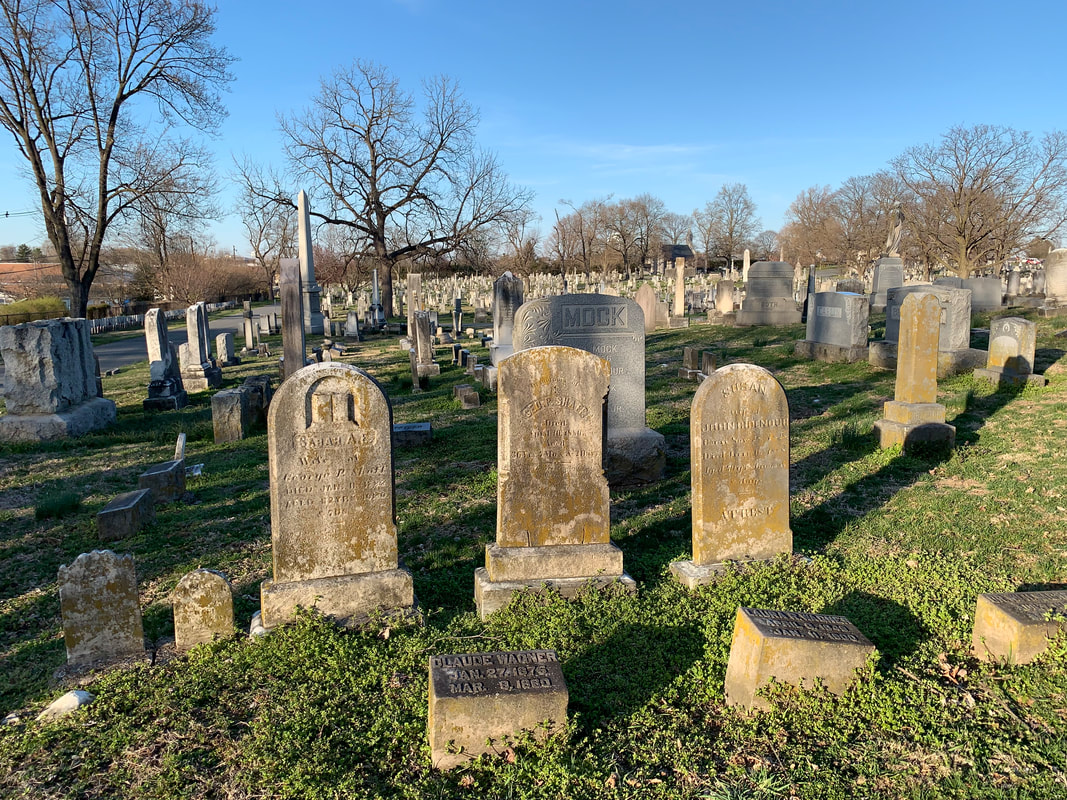

 RSS Feed
RSS Feed